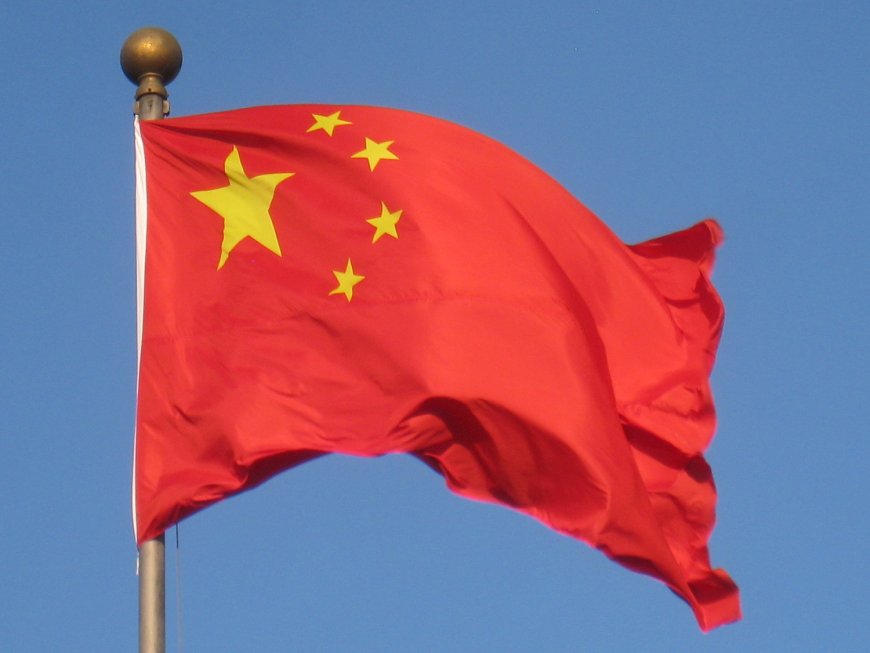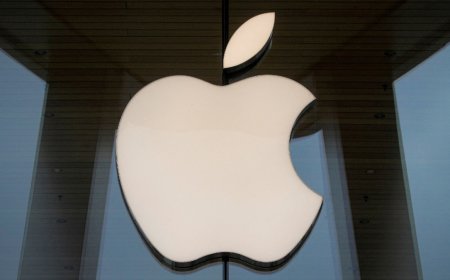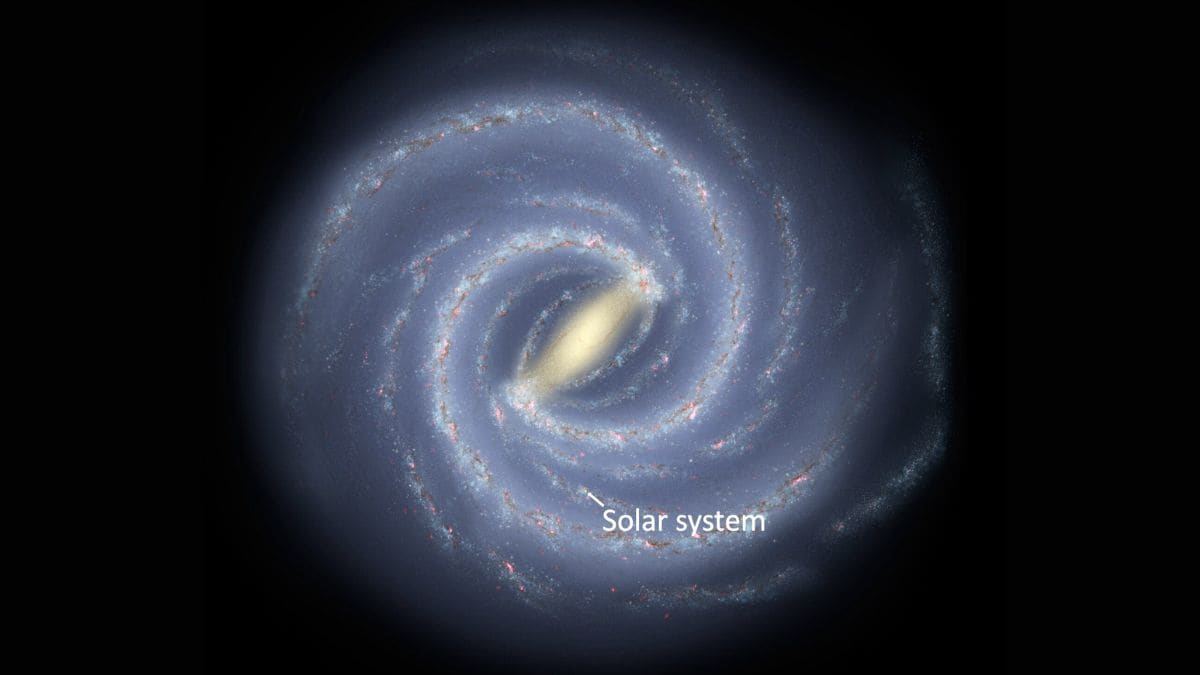China's Rare Earth Supply Squeeze Impacts Global Trade

China is proving to be a more difficult adversary in the trade war launched by the Trump administration than previously imagined as it squeezes the world's rare earth elements (REEs) supply. I warned in early March that China had critical non-tariff weapons to bring to bear and that using them might turn out to be very painful for a world dependent on China's rare earth metal production. China currently controls 69 percent of the REEs mine production and almost 90 percent of the processing of these elements.
Why is this important? As I pointed out in my previous piece:
REEs are a group of metals, often found in deposits together, that are critical for modern electronics (such as computer hard disks, smartphones, and cameras); strong magnets used in hybrid cars and wind turbines; X-ray and MRI scanning equipment; aircraft engines; and crude oil refining. This is just a partial list. There are no viable substitutes for these metals available at any scale that would be meaningful.
When the Trump administration imposed tariffs on Chinese goods that reached 145 percent, the Chinese responded with their own tariffs on American goods of 125 percent. Those have since been dropped considerably to 30 percent for Chinese imports into the United States and 10 percent for American goods coming into China.
But tariff levels are not what counts regarding REEs. The Chinese have reduced shipments, and now major automakers are looking for a way around the squeeze which could close production lines within weeks. One possible solution is to move work to China. As a supply chain manager explained to The Wall Street Journal: "“If you want to export a magnet [from China] they won’t let you do that. If you can demonstrate that the magnet is in a motor in China, you can do that.” It would, of course, be a supreme irony of the Trump tariff war if it caused U.S. production to shift to China.
How quickly such a strategy could be deployed and by how many companies is an open question. But the fact that major automakers are considering it is an indication of how serious the situation is.
Europe is not being spared. Some parts plants have shut down already. The European Union is looking to diversify sources of REEs. But building up production and processing facilities takes time. A director for one European rare earth importer told Reuters: "There is no solution for the next three years except to come to an agreement with China."
The Chinese government implemented the supply squeeze by requiring permits to export rare earth products. Magnets essential to electric motors have been particularly hard hit. (Not all rare earths are included in the permit system. To see a list of those requiring permits and their uses, click here.) While the Chinese government was supposed to ease up on approvals after the temporary trade war truce was agreed to by the United States and China, in practice, approvals are being given at a snail's pace. Some companies are resorting to smuggling.
Another possible solution would be for automakers to go back to less-efficient, more expensive electric motors that don't use rare earth magnets. That's another move that would take time. And, automakers and others are running out of time before they must halt or significantly slow their production of parts and electric cars.
The rare earths squeeze demonstrates once again just how vulnerable the tightly linked worldwide supply chain is to disruptions whether they result from policy decisions or other causes.
By Kurt Cobb via Resource Insights









































